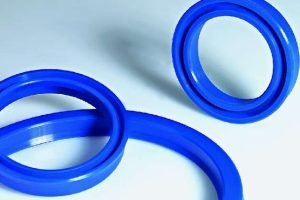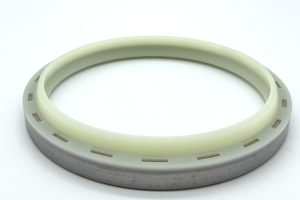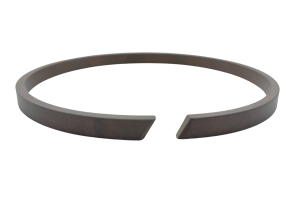Industry seals are important in machinery to avoid leakage, maintain the pressure level, and keep contaminants out. When done properly, seals not only prolong an equipment’s life but also help reduce expenses on frequent replacements due to breakdowns. This article will help you fully understand how to extend the life of seals from 7 dimensions.
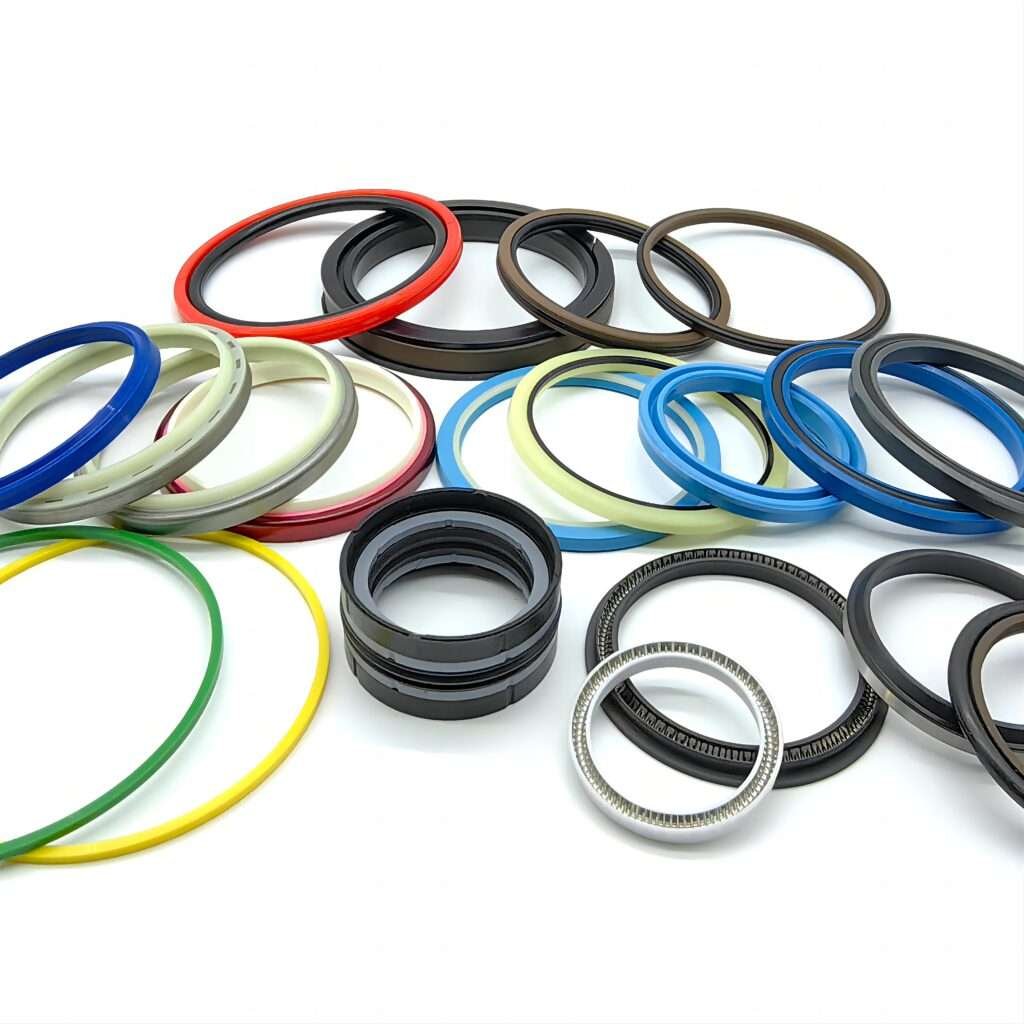
Choosing the Right Seal Material for Longevity
Materials used in construction have a direct bearing on a seal’s life since different environments require different types of resistance. Engineers determine materials appropriate for environmental requirements such as temperature, pressure, and chemicals.
Key Materials for Seal Durability
- Rubber (e.g., Nitrile, EPDM): Known for flexibility and durability, rubber seals are often used in applications that need resistance to oils, gases, and mild chemicals.
- PTFE (Polytetrafluoroethylene): Resistant to extreme temperatures and chemicals, PTFE seals are commonly used in high-stress, high-temperature industrial applications.
- Metal Seals: Metal seals are reliable and have high pressure and temperature resistance, making them durable.
Tips for Material Selection
- Temperature: Select materials that can accommodate the temperature variation of the application. For example, PTFE is suitable for working under high or low temperatures.
- Pressure: The metal seal or the reinforced rubber is ideal if the application uses high pressure like hydraulic equipment.
- Chemical Exposure: If a seal is to be exposed to severe chemicals, PTFE or EPDM is generally far more durable than nitrile rubber.
Choosing the right material does more than prolong seal life; it also avoids failures that cost time and money. The material’s compatibility with the operating environment makes it possible for the seals to be robust and handle both normal and perhaps unexpected loads, resulting in increased seal life. The selection of an appropriate material helps save on the downstream occurrences of replacement and correlates to improved operational fluidity in the longer run.
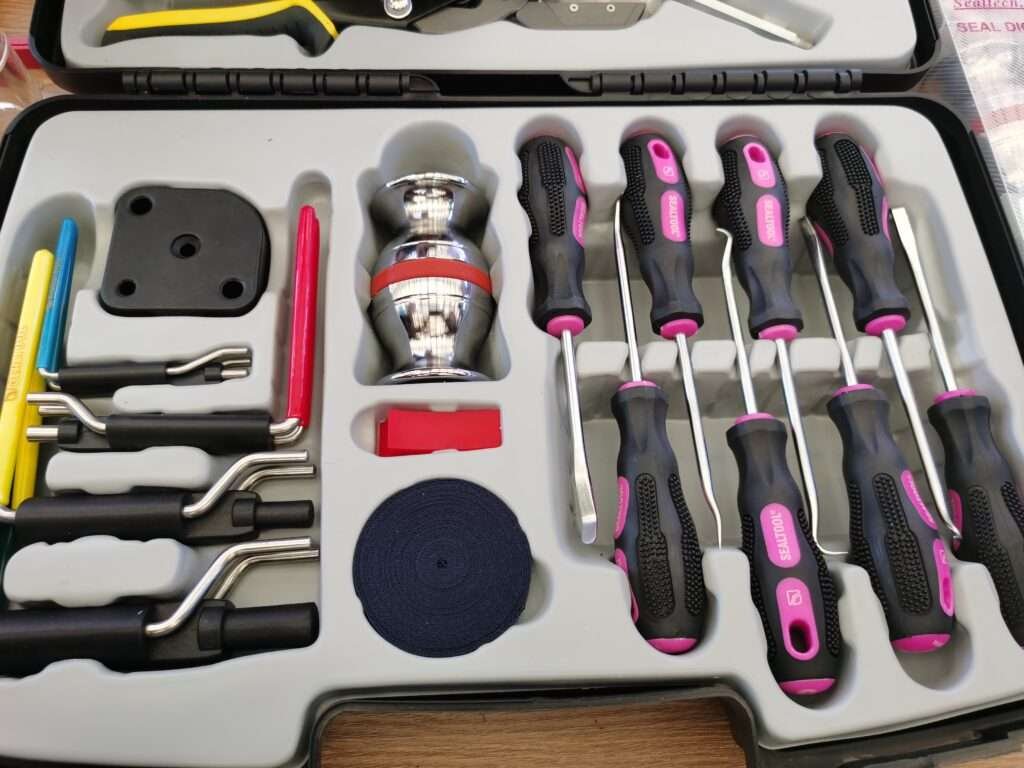
Best Practices for Seal Installation
Installation plays a major role in determining the life span of the seal. Installation issues precede early wear or even total seal failure, resulting in leakage and calls for expensive repairs. Correct installation requires the correct design features that enhance considerable seal-up, durability, leakage, and pressure resistance. It also reduces the number of cases within installation where a seal is faulty or wastes a lot of time through re-installation or repair.
Installation Techniques for Durability
- Prepare the Surface: Ensure the area’s surfaces are clean, dry, and free from unsafe sharp edges or objects that harm the seal.
- Apply Lubrication: When light lubrication is used, the rubber seal and other parts experience reduced friction during installation.
- Avoid Over-tightening: Excessive compressive forces distort seals, especially on soft sealing elements such as rubber, leading to early seal failure.
Common Installation Errors to Avoid
- Misalignment: Misaligned seals experience unequal pressure and wear out rapidly.
- Using Improper Tools: Never lash tools which are likely to scratch or damage seals. Equipment that will guarantee the safe installation of the unit is used in the installation process.
Proper seal installation helps minimize early failures so the seals last longer than expected. An installed seal works at pressures and temperatures that any operational stresses cannot alter.
Regular Inspection and Maintenance
The best seal maintenance tips are to establish a rule of mutual inspections and treat maintenance as one of the key measures to identify early signs of wear and avoid seal failure.
Inspection Tips
- Frequency: Tight-checking intervals should be followed depending on equipment utilization and the seals’ overall condition.
- Signs of Wear: Apparent signs include cracks, a hard surface resistant to fingerprints, and easily noticeable scratches.
- Immediate Replacement: If wear is sensed, the seal should be replaced quickly to prevent leakage or damage to other machine parts.
Recommended Maintenance Routines
- Cleanliness: Seal and the surrounding area need to remain clean to prevent contamination.
- Lubrication Checks: Regular inspections and re-lubrication since dry seals crack or, in any case, fail.
Preventive maintenance involves regular check-ups that help avoid extensive repairs and implement sealing solutions for longevity by catching issues early. As a result, it becomes easier for maintenance teams to avoid small signs of wear becoming major failures that disrupt operations on the premises.
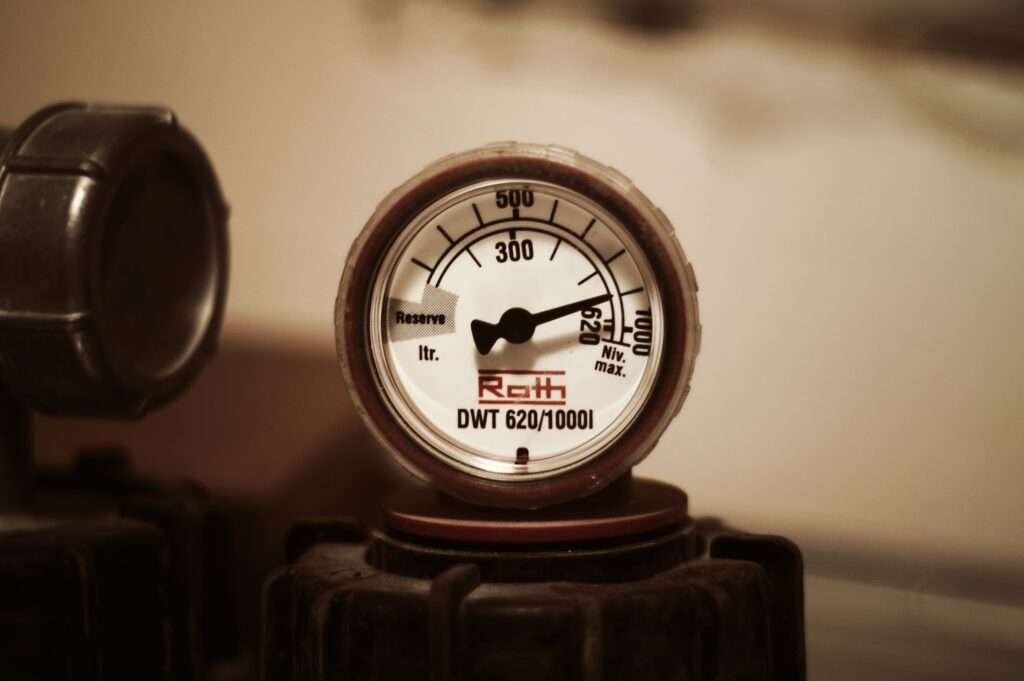
Optimal Operating Conditions for Seals
Environmental control plays a great role in lessening stress and prolonging seals’ lives. Every factor, temperature, speed, and load, directly relates to seal life.
Tips for Ideal Operating Conditions
- Temperature Control: Seal performance is affected by temperature. High temperatures lead to faster seal degradation; low temperatures lead to seal hardening and eventual cracking. To enhance seal lifespan extension, maintain the temperature of the joint area around the seal material within acceptable limits.
- Speed and Load Adjustments: Compared to normal speeds and loads, higher speeds and loads increase friction and pressure on seals. Manage operational parameters to lower stress.
Changing the position and adjusting some machine settings to generate certain conditions enhance seal performance and durability. Regulating the operation conditions ensures that the seal always retains the right shape, flexibility, and performance, irrespective of its various stresses. Minimizing these variables within the system prevents seal wear and failure.
Lubrication Tips for Seals
Appropriate lubricant deposits reduce friction, hence wear and heat build-up that shorten seal durability. Seal durability practices, such as the required amount and type of lubrication, form a film cover that prevents the seal from rubbing against and being damaged. Consistent lubrication also keeps the seal elastic and able to adjust to different operating pressures and temperatures at the required times.

Avoiding Contamination and Abrasion
Contaminants and other abrasive particles are some of the main causes of seal wear, resulting in abrasive particles forming.
Protective Practices
- Use of Covers or Shields: Seals are shielded by protective covers or shields to minimize dust, debris, and chemical exposure.
- Filters for High-dust Environments: In sensitive environments such as construction or mining, filters can prevent seal areas from accumulating detrimental particles.
Seal areas must be kept clean of contaminants. This significantly reduces bearing wear and helps avoid early failures.
When to Replace Seals
Even the highest-quality seals will degrade over time and require replacement. To avoid this, planned replacement times and methods are ascertained, guaranteeing that the machinery continues running efficiently without frequent breakdowns.
Indicators for Seal Replacement
- Visible Wear: Cracks, hardening, or fraying are signs that a seal may fail shortly.
- Leakage: The presence of moisture or a trace of fluid indicates that a seal needs to be examined and renewed.
- Performance Issues: Reduced efficiency in machinery can sometimes be traced to a failing seal.
The compatibility of these replacement seals is relied on to keep your machinery in shape without stressing about further breakdowns.
Conclusion
Some factors highlighted for sealing systems and seal longevity include material selection, installation parameters, service and monitoring practices, and seal exposure to contaminants. Not only do they cut maintenance expenses, but they also avoid outright failures that cost precious time and money in industrial applications. In building longevity, you ensure the seals are more trustworthy and automatic.


